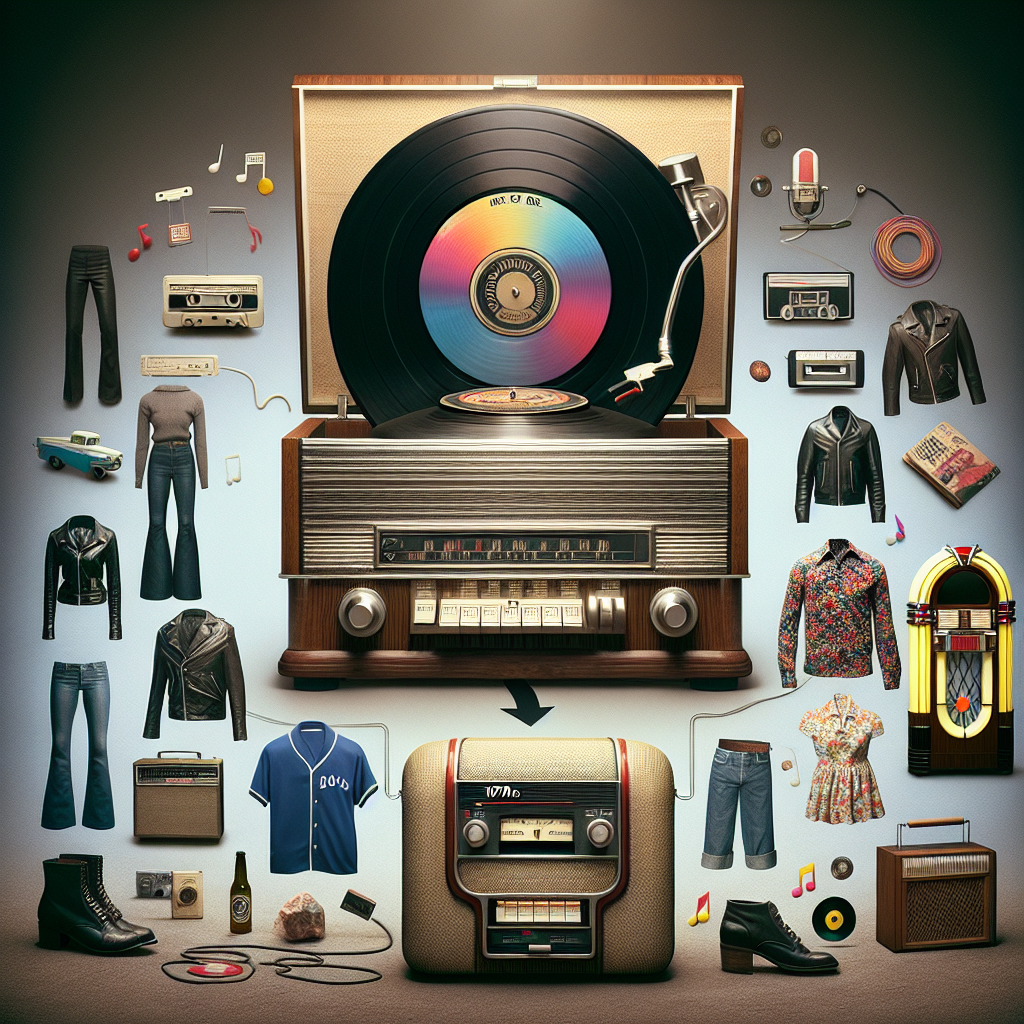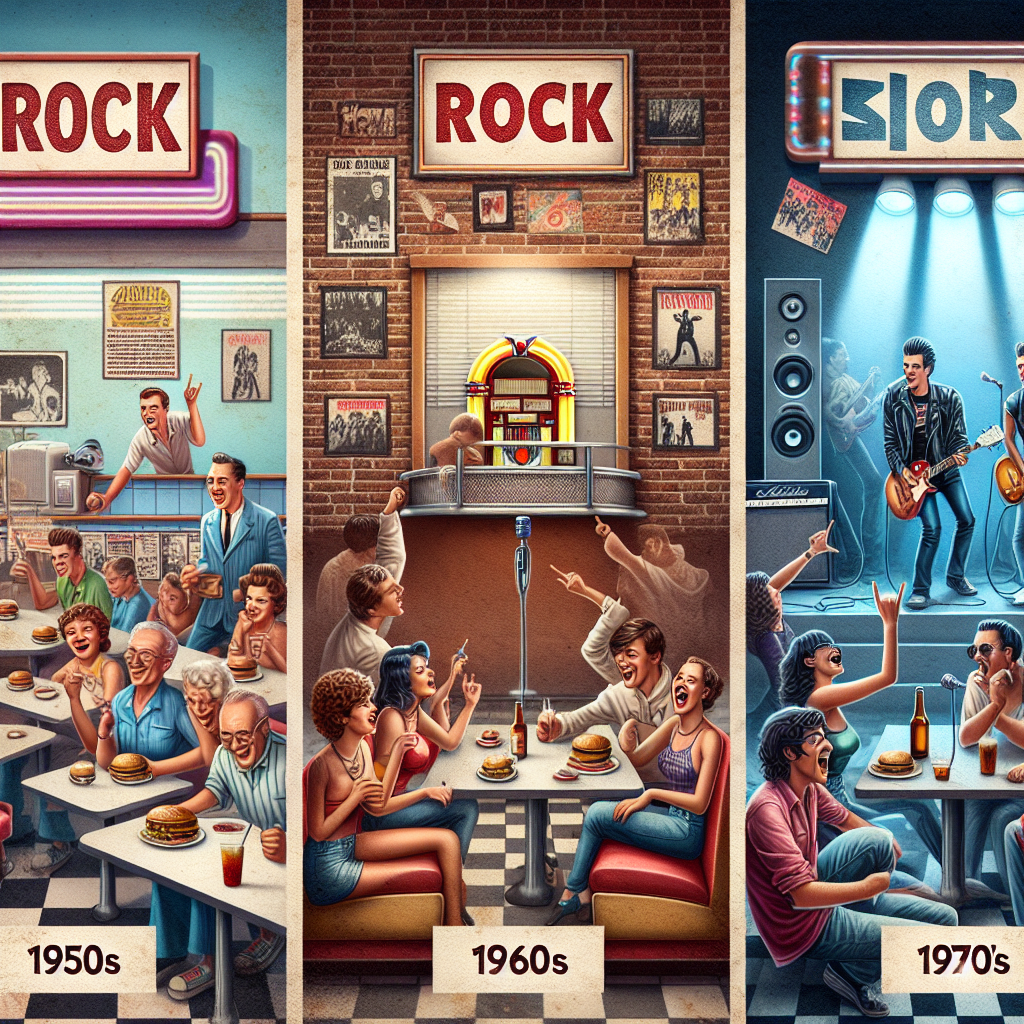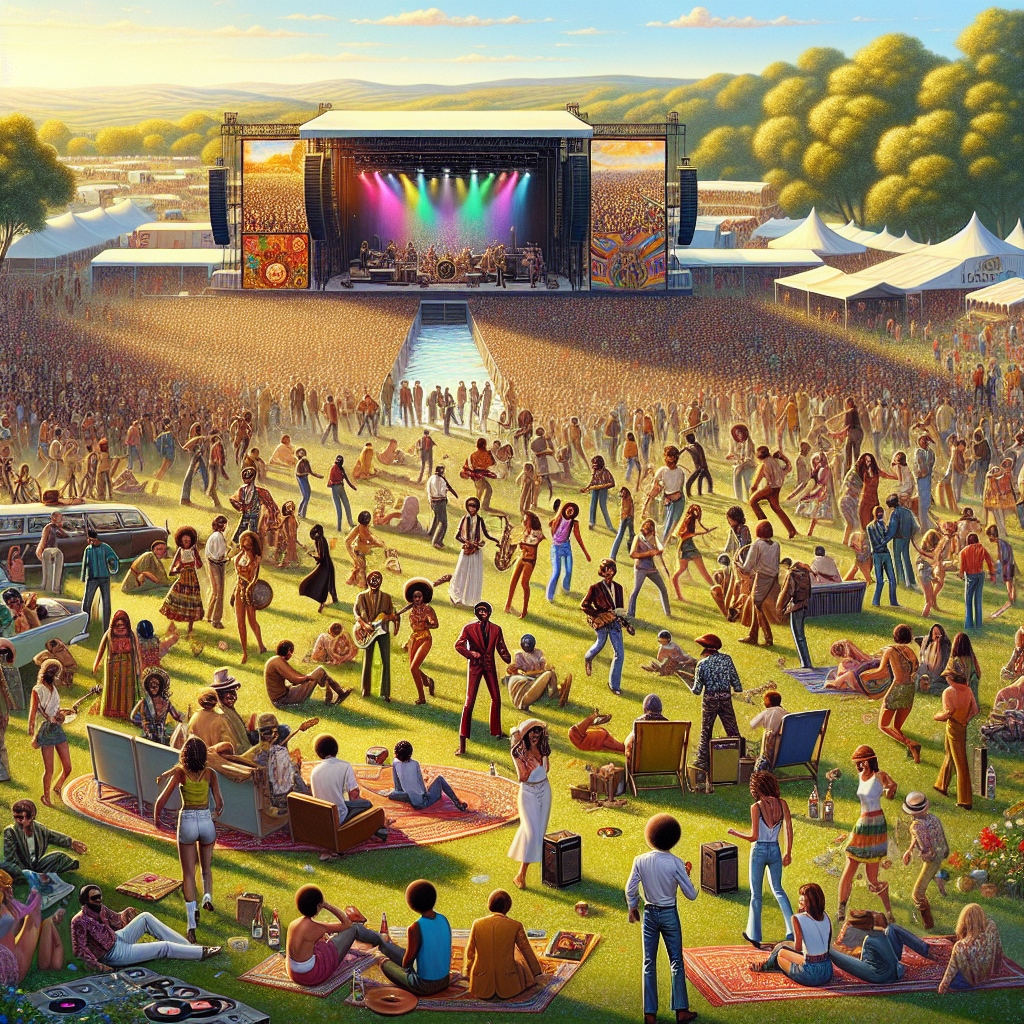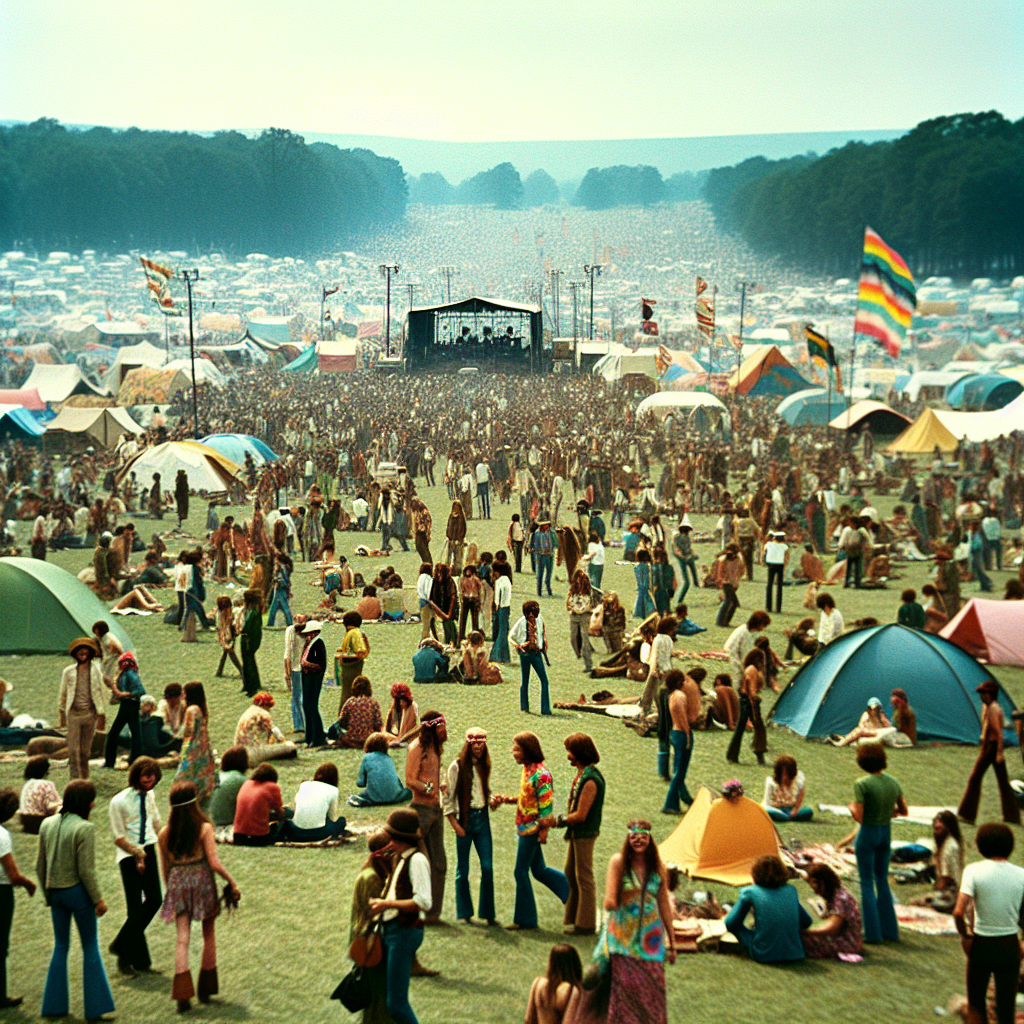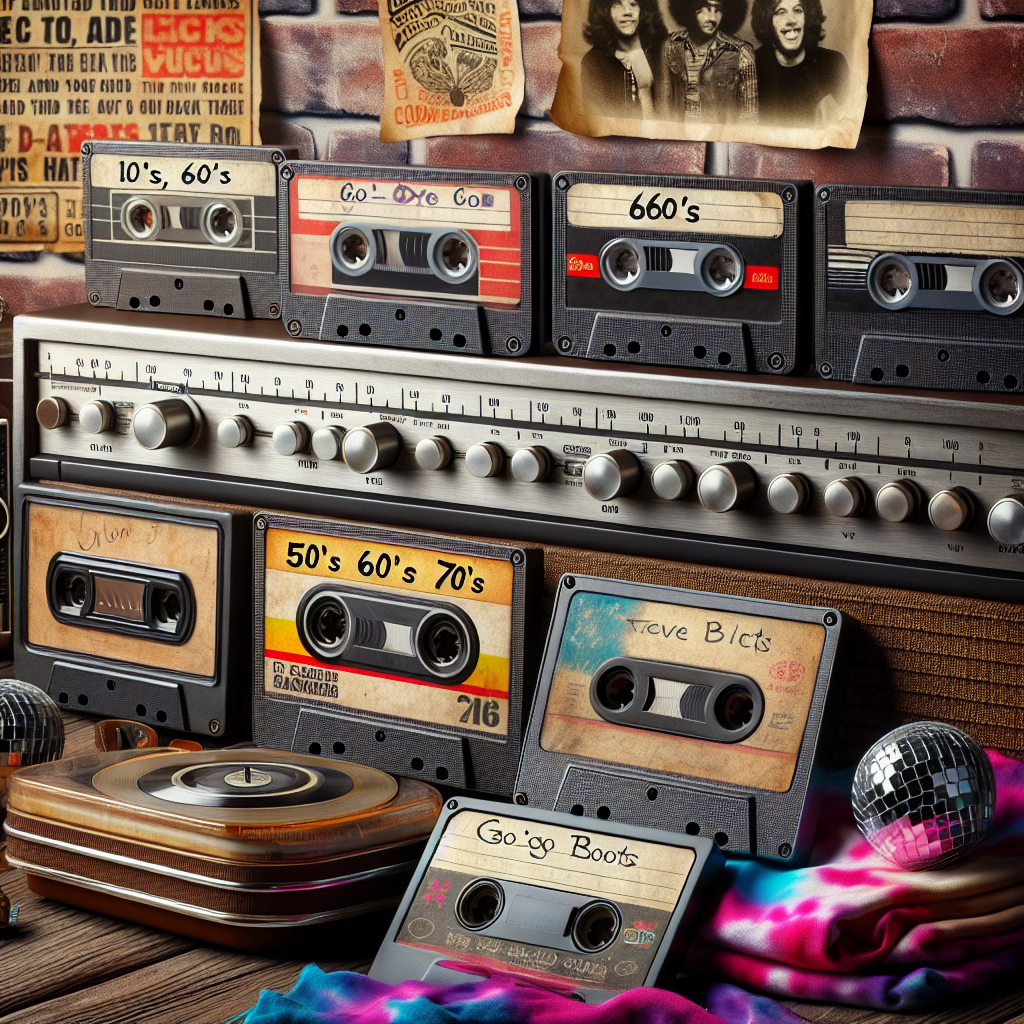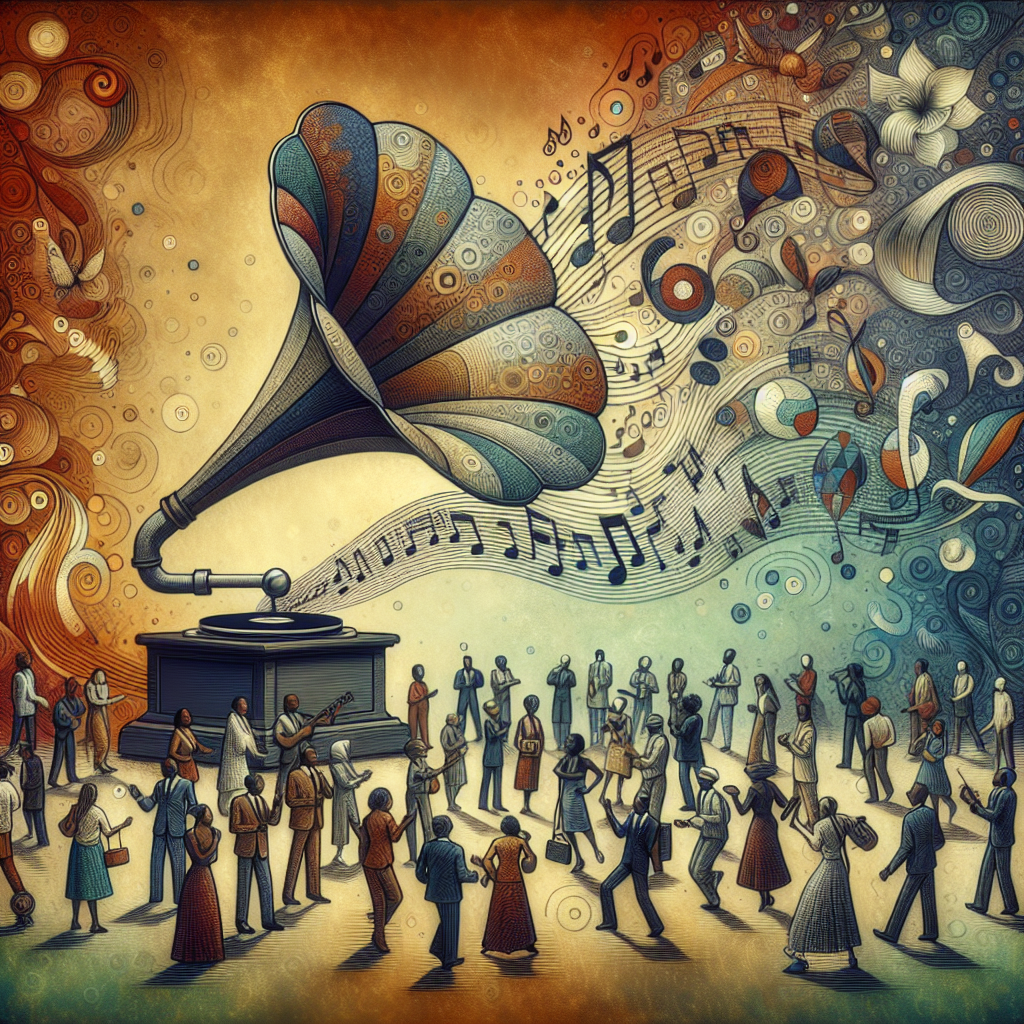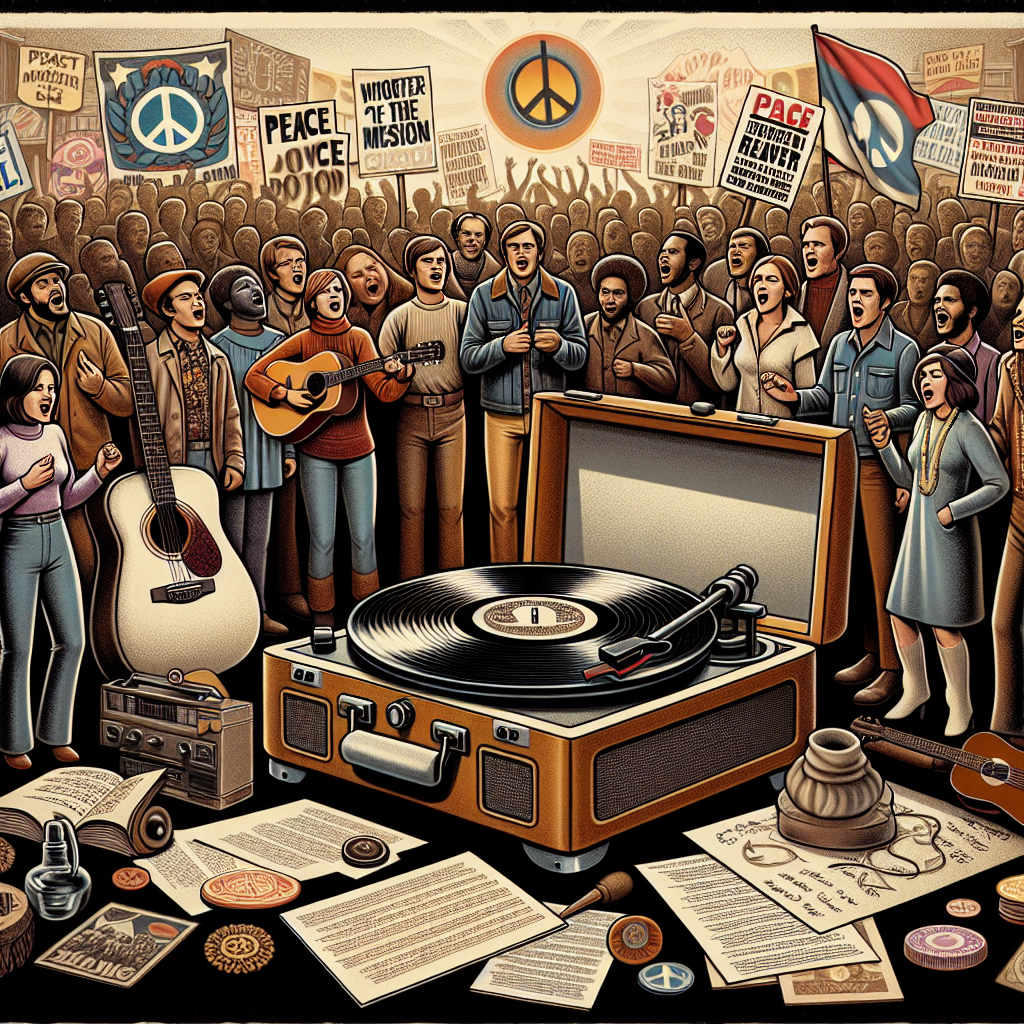Do you ever find yourself longing for the good old days of the 50’s, 60’s, and 70’s? The music, culture, politicians, fashion, and technology of these decades hold a special place in many people’s hearts. Let’s take a nostalgic trip down memory lane and revisit some of the top hits from these iconic eras.
Music
The music of the 50’s, 60’s, and 70’s was truly something special. From doo-wop to rock ‘n’ roll to disco, each decade had its own unique sound that continues to resonate with audiences today. Artists like Elvis Presley, The Beatles, and Donna Summer dominated the charts and left a lasting impact on the music industry.
Culture
The culture of these decades was defined by social movements, changing attitudes towards race and gender, and a sense of rebellion against the status quo. From the civil rights movement to the hippie counterculture to the rise of feminism, people were pushing boundaries and challenging norms in ways that continue to shape our society today.
Politicians
The political landscape of the 50’s, 60’s, and 70’s was marked by significant events such as the Cold War, Vietnam War, Civil Rights Movement, Watergate scandal, and more. Leaders like John F. Kennedy, Martin Luther King Jr., Richard Nixon, and Margaret Thatcher played pivotal roles in shaping history during these tumultuous times.
Fashion
Fashion in the 50’s was characterized by poodle skirts and letterman jackets. The swinging sixties brought us miniskirts and bell-bottoms. And who can forget the disco fever of the 70’s with platform shoes and polyester suits? Each decade had its own distinct style that continues to influence trends today.
Technology
The advancements in technology during these decades were nothing short of revolutionary. From television becoming a household staple in the 50’s to the moon landing in the 60’s to the rise of personal computers in the 70’s, innovation was happening at breakneck speed. These developments laid the groundwork for our modern digital age.
As we look back on these iconic eras, it is clear that they have left an indelible mark on our world. The music still makes us want to dance, the culture inspires us to be bold and creative, politicians remind us of our capacity for change fashion trends continue to influence our style choices technology continues to push boundaries.
So let’s take a moment to appreciate all that these decades have given us – memories that will last a lifetime.

